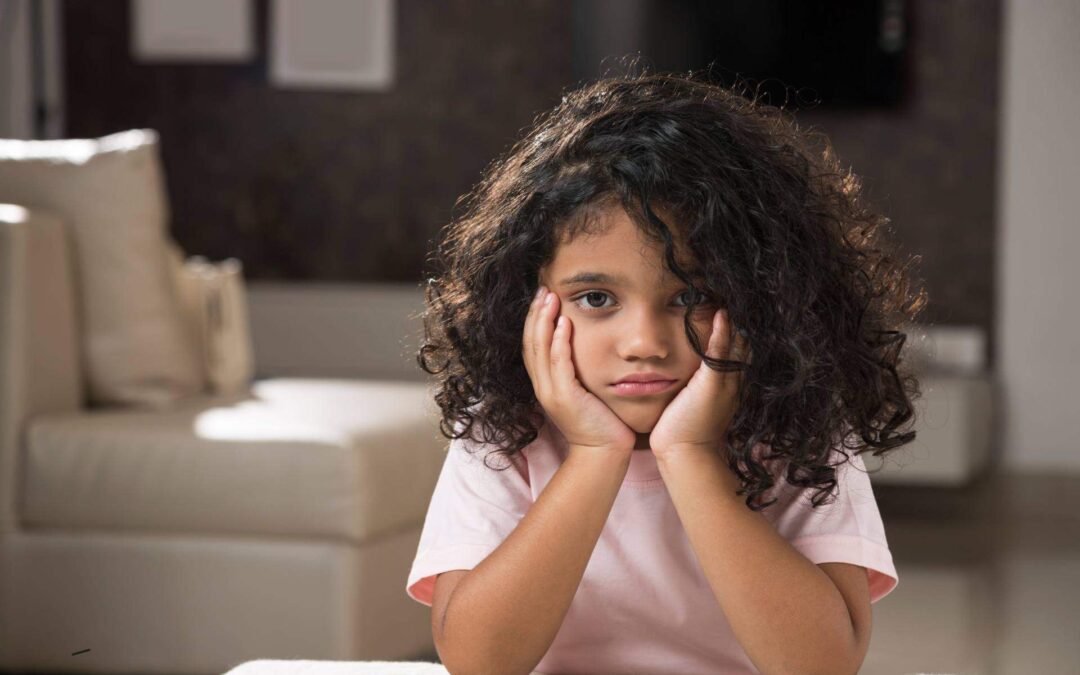T is the season for storms here in Middle Tennessee. Our communities are warned every year with alerts of potential for tornados, floods, and related storm damage. Over the last several years families have witnessed the aftermath of these severe storms and it can be a lot to process. But how are our kids processing these experiences?
So many children and adolescents deal with anxiety but unlike us adults, they are often limited in their ability to communicate their anxiety/worry, let alone understand what they are feeling and experiencing! If you’re reading this you may be thinking about your own child or a child you know who experiences intense worry or panic when they see bad weather on the horizon. Lets talk about some of the signs of anxiety you might see and some ways to support children navigating these stressful situations.
Some symptoms associated with anxiety in children might include:
- Excessive worry about things that are not appropriate to their age or developmental stage, or worry that is out of proportion to the
- Wanting to avoid people, places, or things that are associated with the fear, or hyperawareness towards triggers
- Clinginess, reassurance seeking, and difficulty separating from parents or
- Physical complaints of headaches, stomach aches, or other body
- Changes in sleep and eating
- Changes in child’s play, including themes associated with aggressive or isolating pattern
Some behaviors you may observe from your children who are experiencing anxiety related to storms might include your child bringing up concern for bad weather more frequently than necessary, or showing physical or emotional distress with mild signs of weather changing. You might observe your child wanting to check the weather channel or weather app routinely to spot an alert. There might be more subtle signs, including changes to their ability to concentrate or complete tasks.
Ways to support children who experience anxiety associated with storms and severe weather include:
- Don’t dismiss! Model calmness to your children and ask them to share their feelings with you. This will support trust between you and your child.
- Empathize with their concerns and offer encouragement and Kids feel seen and heard when their feelings are acknowledged and this can often be a great first start to reducing your child’s anxiety.
- Create a storm plan including a safe place, emergency kit, and involve the kids in the planning. Resources online can support this activity, and allowing your children to be part of the process allows them to feel a sense of control and understanding regarding their
- Prepare distraction activities to utilize in the midst of the storm that can be included in your emergency kit, such as coloring books, music, fidgets, and comfort items such as stuffed animals.
- I love to use literature to prompt conversations about topics with children in play Below you can find books that can help explore the topic of anxiety/worry with your child:
- Once I Was Very Very Scared by Chandra Ippen
- Hey Warrior by Karen Young
- When The Storm Comes by Linda Ashman
*Pro tip: These books can be purchased to read with your child or can be read to your children via Youtube!
If you start to observe your child struggling in multiple areas of their life as a result of worry/anxiety and if it is affecting things such as their performance in school or relationships, it could be helpful reaching out to a licensed mental health professional for additional support and resources. Remember, it’s okay to ask for help!!






